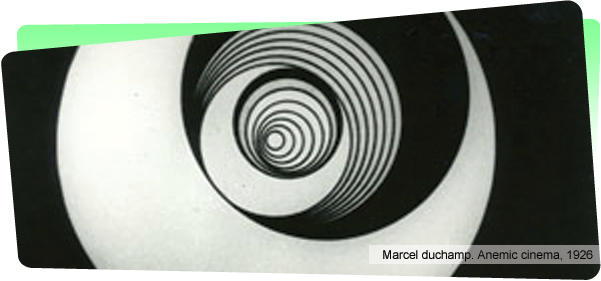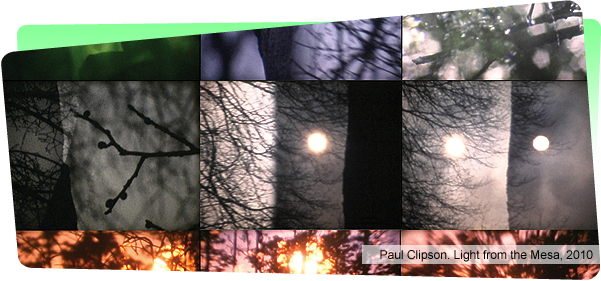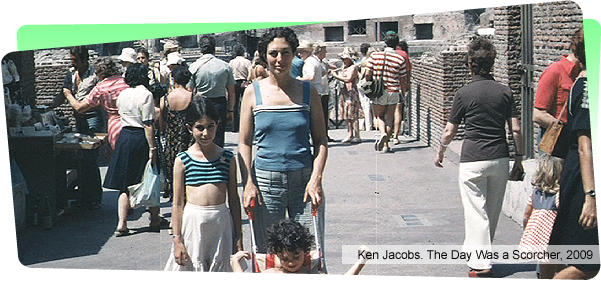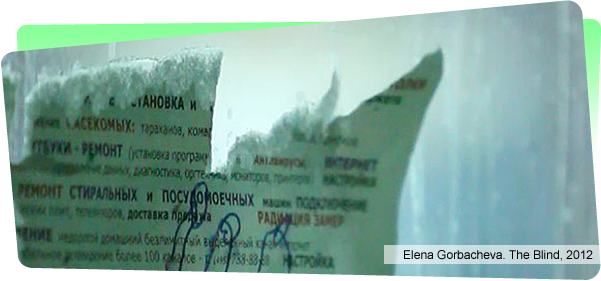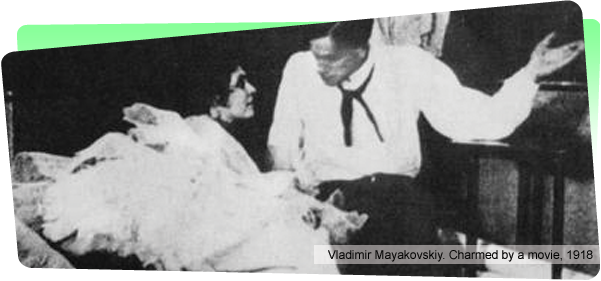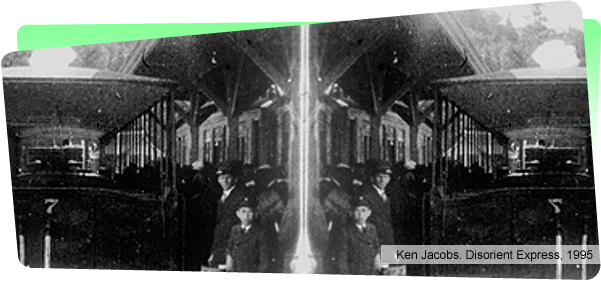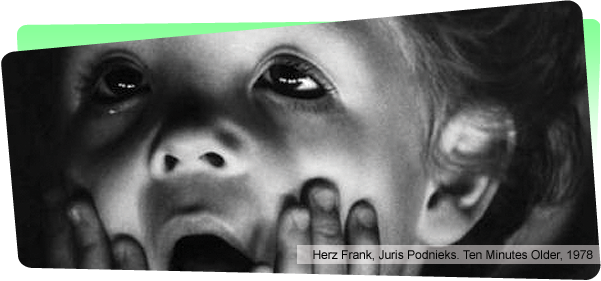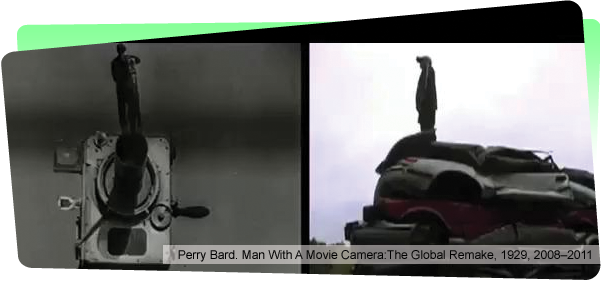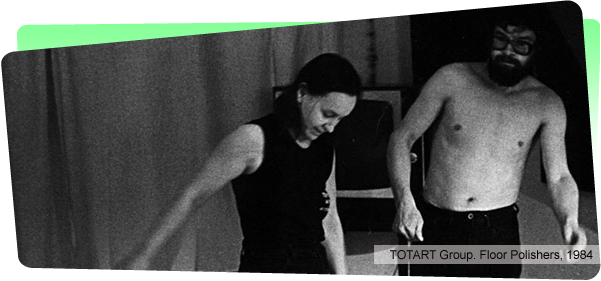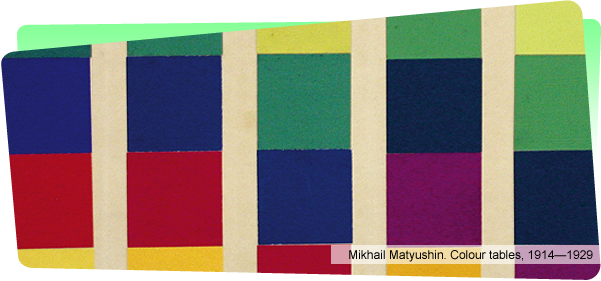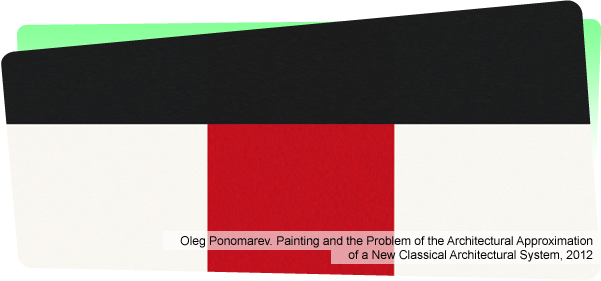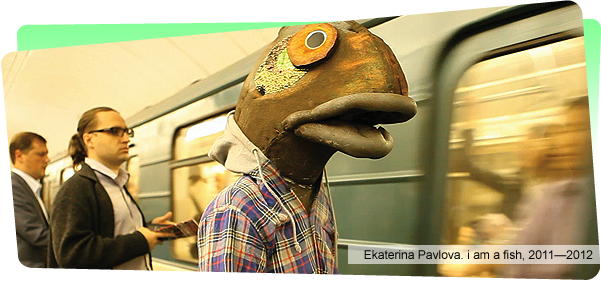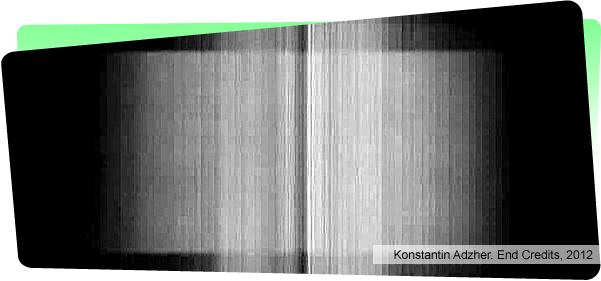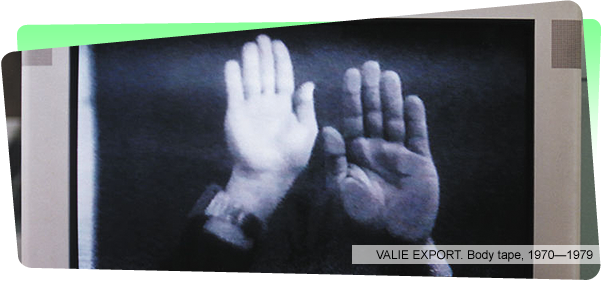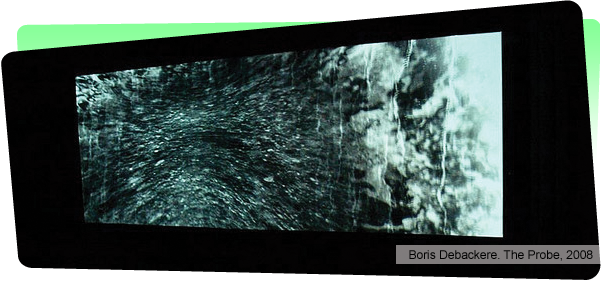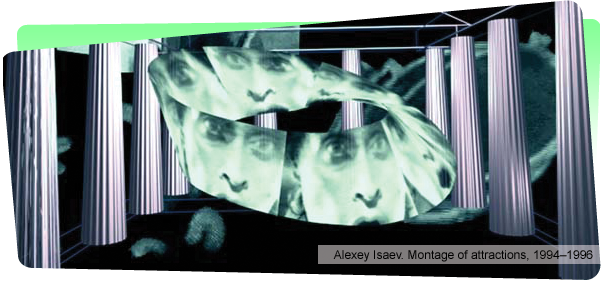Media Forum Closing. Lecture by Peter Greenaway

About Media Forum

Schedule

Exhibition "The Immersion: Towards the Tactile Cinema"

Educational programmes

Media Festivals: Let’s Rock! Programme

For Press

Partners

Contacts
III. Tactile Cinema
The third part of the Tactile Cinema project is about films that can be “watched with the hands” — this is Salvador Dali’s idea realised by Konstantin Semin, in Peter Weibel’s and VALIE EXPORT’s “gripping watching”, in mystifications by the TOTART Group, and in Valery Ayzenberg’s visual manipulations and Katya Pavlova’s cinema immersions into various social environs.
Konstantin Semin (upon the sketches by Salvador Dali) “Un chien andalou” by Salvador Dali
“Un chien andalou” by Salvador Dali
Russia, 2012
7'20'', video, loop, b/w, sound
Courtesy of the artist. Sketches and letters © Сальвадор Дали, VEGAP, РАО, 2012.
Although Dali literally bombarded Bunuel with his letters containing innovative methods concerning the creation and presentation of their film “Un chien andalou”, only few of his suggestions found their way into the movie. In addition, Bunuel did his best to lessen the contribution of his co-author into the process of creating the film. Hoping to fill the vacuum and accomplish Dali’s idea of “tactile cinema”, Konstantin Semin made an author’s remake of this work.
“I think a lot about the tactile cinema. It would be simple and realy fantastic if we could do something like that in our film as a plain illustration. The spectators put their hands on the table, where different objects appear, following the logic of the film. The hero caresses a muff on a screen and the muff appears on the table etc., these ones would be absolutely surrealistic and heart-piercing effects. The character touches the corpse and the hands on the table are immersing in some sort of the powder; and if we could use 6 or 7 well selected synchronizations... We should think about it, at least for the future, if we can’t put it into practice right now. The audience will tremble...”
From the letter of Salvador Dali to Luis Bunuel. Cit. Ian Gibson. The Shameful life of Salvadoe Dali. W.W. Norton, 1987.
 VALIE EXPORT
VALIE EXPORT
Tapp und Tast Kino (Touch Cinema)
Austria, 1968
1'11'', performance videodocumentation
VALIE EXPORT. Tapp und Tastkino, München, Karlsplatz (Stachus), 14 November 1968
"In Tapp und Tast Kino (Touch Cinema), which I made in 1968, I examined the breasts as a central theme within the film industry. The Tapp und Tast film is a street film, a mobile film and the first real women’s film. The performance takes place as usual, in the dark. Only the movie theatre has become somewhat smaller , there is room in it only for two hands. In order, to see the film, which means in this case to sense and feel it, the “viewer” must put both hands through the entranceway to the theatre. Thus the curtains which previously had been drawn up only for the eyes is also finally raised for the hands".
VALIE EXPORT
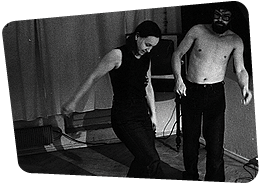 TOTART
TOTART
Natalia Abalakova and Anatoly Zhigalov
Floor Polishers
USSR, 1984
1'34'', performance, documentation, film 16 mm
Artists’flat. Human bodies, 2 floor-polishing brushes, a peephole for viewers Camera — Igor Aleynikov
Courtesy of the artists. Photo: Igor Aleynikov
Artists polish the floor undressing in the process viewers looking through the peephole which makes banality of movements a peepshow (combination of “Duchamp effect”— peeping — and “estrangement effect” of peephole) and a primordial rite.
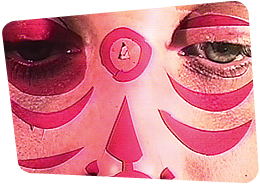 Valeriy Ayzenberg
Valeriy Ayzenberg
Visual manipulations (18, 16, 19, 13)
Russia, 2012
No18 — 15'30'', No16 — 16'48", No19 — 40'26'', No13 — 24'55'', video installation
Source: artist’s performances of 1995—1998
Courtesy of the artist
"Once I saw a girl in the Moscow “B” trolleybus. The skin on her forehead was so tightly drawn it almost crackled. I thought if it was touched with a razor, this skin would burst with a snap. It was probably this observation and my own reaction to it that later caused a series of performances named the Vusial Manipulations. I took a canvas stretcher and fixed a few sheets of paper in various colours over it. I projected a slide on this improvised screen and began cutting the paper. The projecting screen can be percieved as a kind of activated “empty space”. But unlike classical art, where you have to fill the blank space (the canvas) with something, the object here is to preserve this emptiness. To only create a place for a limitless supply of composition forms.
Nothing will take place, but place.
Stephane Mallarme
No matter how much paper I cut, how many new forms and accordingly, new associations appear, the action doesn’t reach its objective, it is just action. This is only an attempt to re-create. To quote Žižek, “the narcissistic satisfaction is quite evident”. In a sence the Visual Manipulations is an unconscious action, because it is based on a memory, and according to Freud memory and the conscious self are mutually exclusive. This project explores the creative process — meaning its spontaneous and routine components. Unlike cinema where the screen is a place of illusion, here the screen is an object where real events happen".
Valeriy Ayzenberg
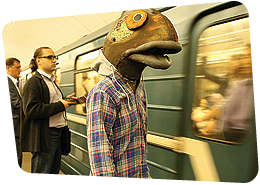 Ekaterina Pavlova
Ekaterina Pavlova
i am a fish
Russia, 2011—2012
6'9'', two-channel digital video, colour, silent
Courtesy of the artist
This work is a videodocumentation of a performance, realized by the artist in Moscow and Bangkok, where Ekaterina Pavlova travelled, having put the head of the fish on. It is a metaphorical embodiment of her own experience as a voiceless being in the strange environ.
“The physical expansion of my body (fish’s head) is an important part of my performance. It’s an experience of understanding “yourself” like an “other”. Bangkok or Moscow, when I change my horizontal position, I extend boundaries in search of environment, communications, changing people’s sensibilities, their reactions. With my image I was trying to change the spectator’s visual reality — he was included in this expanded reality, because he saw me”.
Ekaterina Pavlova

